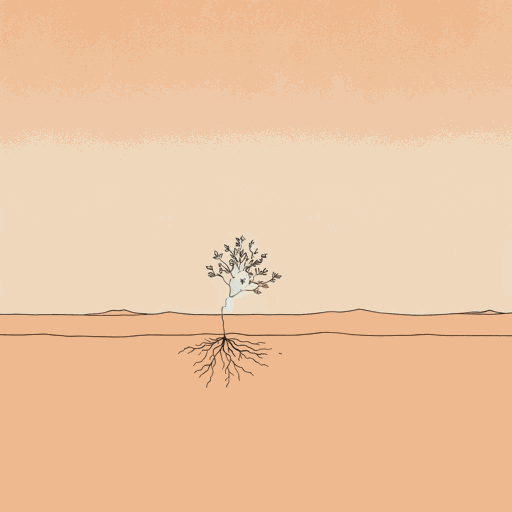45 pages • 1 hour read
Nujood Ali, Delphine MinouiI Am Nujood, Age 10 and Divorced
Nonfiction | Autobiography / Memoir | Adult | Published in 2009A modern alternative to SparkNotes and CliffsNotes, SuperSummary offers high-quality Study Guides with detailed chapter summaries and analysis of major themes, characters, and more.
Symbols & Motifs
Sana’a and Khardji
These two locations are symbolic of Nujood’s change in perspective throughout the book. Initially, she sees the remote village of Khardji as the idyllic setting of her childhood. She notes that she was able to play in the valley with her siblings and enjoy the local river: “We were living rather happily, to the rhythm of the sun. It was a simple life, but peaceful, without electricity or running water” (30). This peace is shattered when the family is forced to move to the bustling city of Sana’a.
Initially, Nujood perceives Sana’a as a chaotic and dirty place that provides her with no room to play. She writes that “the urban landscape becomes a vulgar confusion of dismal concrete buildings” (33) and rails against the pollution which made her sick. As Nujood spends more time and puts down roots in Sana’a, she comes to love the old part of the city and window-shopping with her sister in the wealthy part of the city. She acclimates to city life, and this is precisely when she is forced to marry and return to Khardji.
Because of her abusive marriage and horrific living circumstances, she comes to see Khardji as a remote prison and longs to escape.

